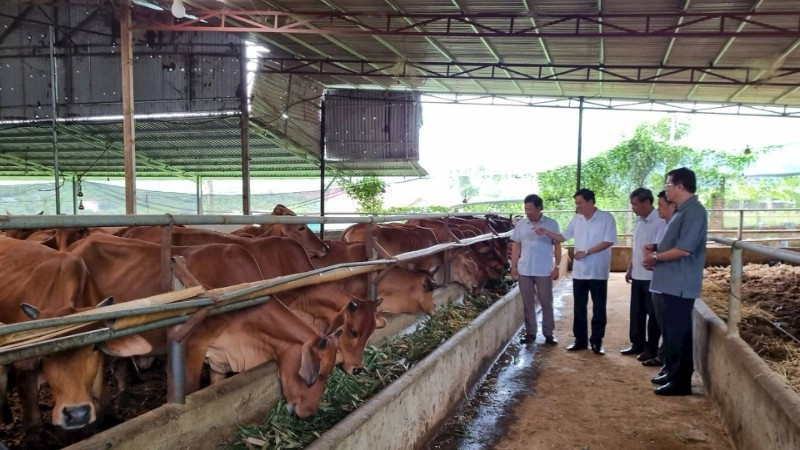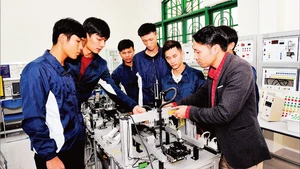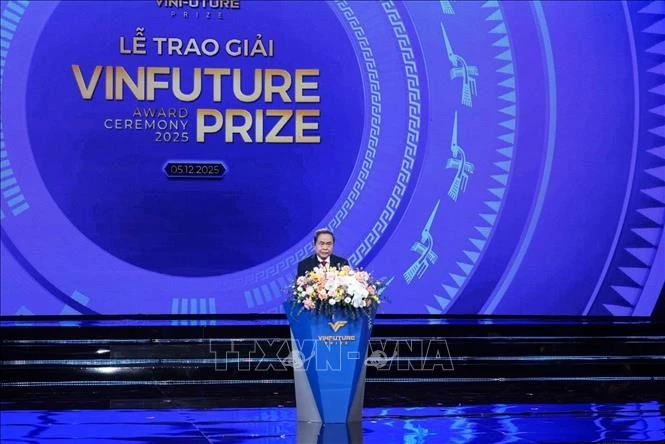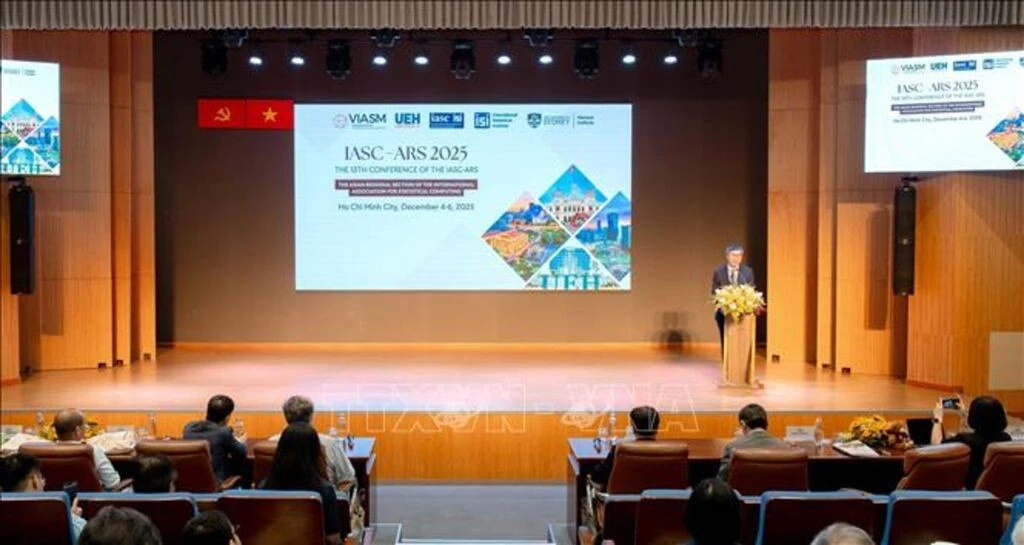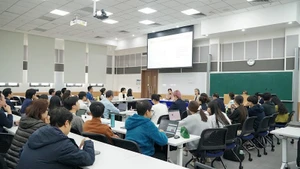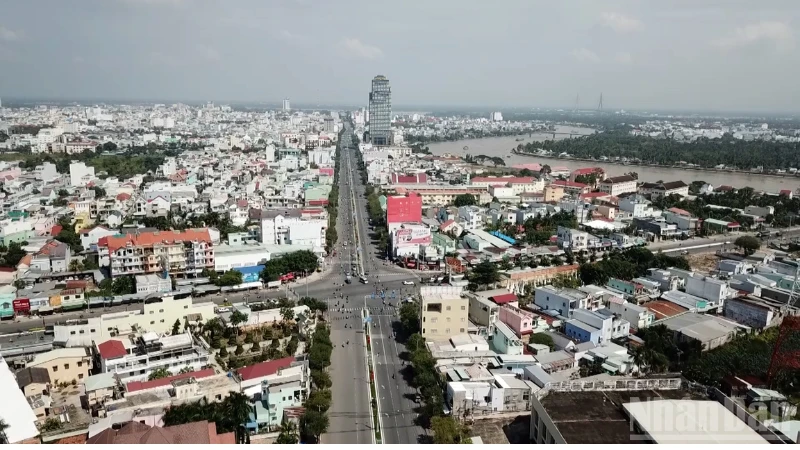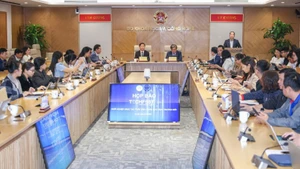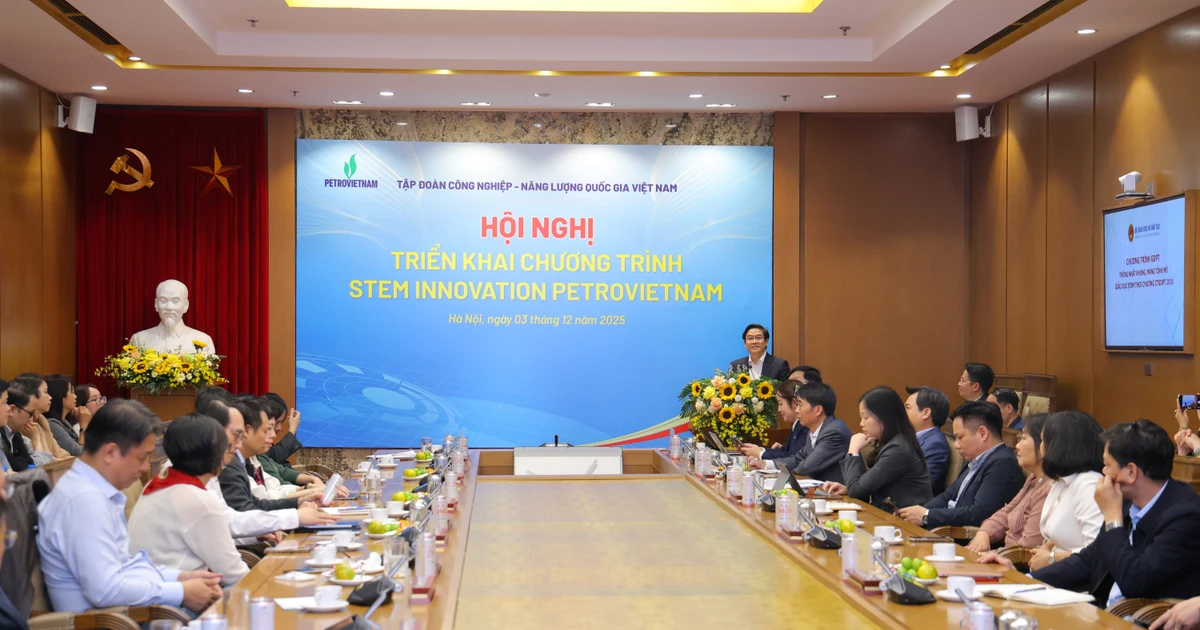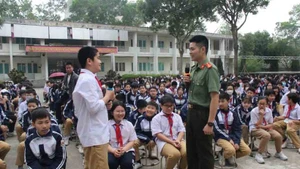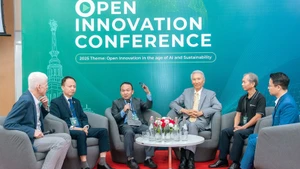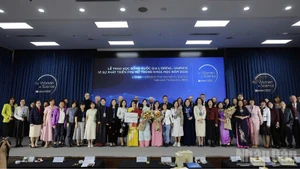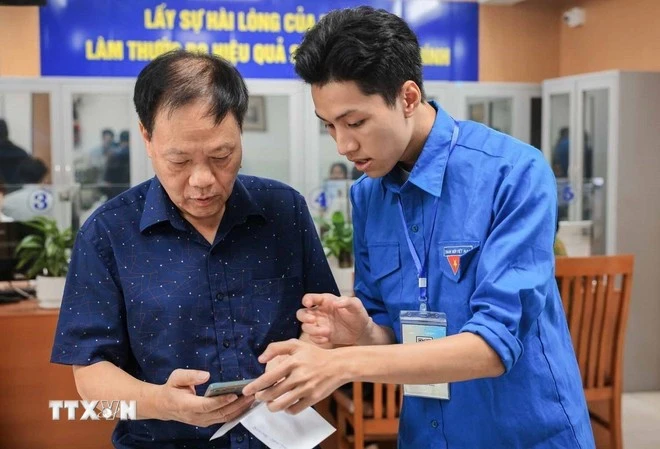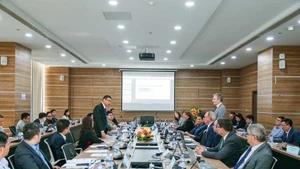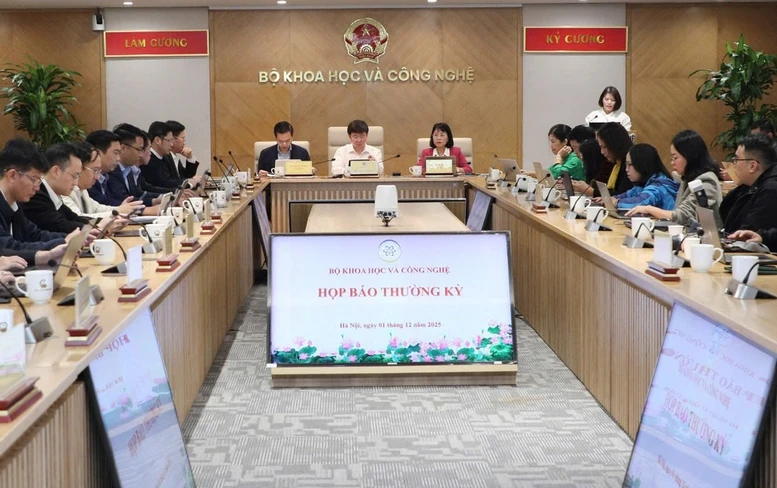Toan Phat Cooperative in Son La raises hundreds of cattle without unpleasant odours, thanks to its use of bio-organic bedding. (Photo: Tue Linh)
Pollution risks from livestock waste
According to Dr Nguyen Ngoc Son, Vice Chairman of the Animal Husbandry Association of Viet Nam, biotechnology is now applied in 100% of large-scale farms, in line with international standards such as Global GAP, ISO 9001, organic farming, and EU organic certification. Many major enterprises developed supply chain linkages, mastered key technologies, undergone digital transformation, and exported livestock and animal products to global markets.
In the first six months of 2025, livestock product exports grew by 11.7%, reaching an estimated value of 217 million USD. However, the sector still faces major challenges, particularly environmental pollution from livestock waste, biosecurity, disease control, digital management, and natural disaster risks such as floods and storms.
In Bac Ninh province, after administrative merger, there are currently more than 1,300 livestock farms, yet only about 10% apply high-tech farming methods. The province maintains a stable herd structure with over 28,000 buffaloes, 112,000 cows, 35,000 goats, 1.2 million pigs, and around 25 million poultry. With an average annual production growth rate of nearly 3%, Bac Ninh has become one of the country’s leading livestock producers.
Nevertheless, small-scale and household farming remains prevalent, making disease control and the application of modern processes difficult. Many households lack the means to invest in proper waste-treatment systems, leading to localised pollution. Waste collection, treatment, and recycling remain incomplete; solid and liquid waste continue to contaminate surface and groundwater sources, directly affecting air quality and the lives of nearby communities.
This worrying situation is not unique to Bac Ninh but also occurs in provinces such as Ninh Binh, Thanh Hoa, and Phu Tho — areas with large-scale livestock farming. Experts warn that untreated livestock waste discharged directly into the environment can pollute water sources, harm aquatic life, and spread diseases to humans.
The key to livestock waste treatment
The Nguyen Gia Livestock Cooperative in Luong Bang commune, Hung Yen province, was established in 2018 to foster linkages in animal husbandry. The cooperative signed a direct contract with Pharmaceutical and Veterinary Material Joint Stock Company (Hanvet) to supply Han–proway biological preparations, used for bedding, floor sprinkling, composting, and agricultural by-product treatment, with outstanding efficiency.
According to MSc Nguyen Thi Men, a representative of Hanvet, the company has successfully mastered probiotic technology in Viet Nam, developing a wide range of strains and advanced single-strain probiotic production processes, with optimised formulations for different livestock species. Hanvet’s waste-treatment products include Hanproway and EcoMic (for bedding, floor treatment, composting, and agricultural by-product processing), as well as Micro-farm, which helps eliminate odours in barns, waste storage areas, and liquid waste while treating wastewater and biogas residues.
These Hanvet products are now widely adopted by farms and businesses. In addition to Han-proway, the EcoMic probiotic preparation is used effectively to treat cow manure for earthworm feed at Gia An Earthworm Farm in Hanh Lam hamlet, Luong Bang commune, Hung Yen province. The treatment process reduces odour, improves feed palatability, and enhances worm growth.
Alongside the adoption of new technological models for livestock waste treatment, it is now time to establish a legal framework and standardise circular-economy practices in the agricultural sector.
Assoc. Prof. Dr Pham Quang Thao,
Vice President of the Vietnam Union of Science and Technology Associations
Assoc. Prof. Dr Pham Quang Thao, Vice President of the Vietnam Union of Science and Technology Associations, emphasised that alongside applying new technological models for livestock waste treatment, it is now essential to establish a legal framework and standardise circular economy practices in agriculture.
This includes enhancing management efficiency, improving livestock breeds, planning concentrated farming zones, ensuring feed supply, applying science and technology, promoting agricultural extension, and expanding processing and market linkages. Livestock farming should evolve towards a circular and green economy, integrating multiple values and operating within supply chains.
Transforming livestock waste into a resource can quickly address environmental pollution, reduce greenhouse-gas emissions, and facilitate the transition to green energy. This, in turn, contributes to building a low-emission agricultural sector, supporting the Government’s commitment to achieving net-zero emissions by 2050.
